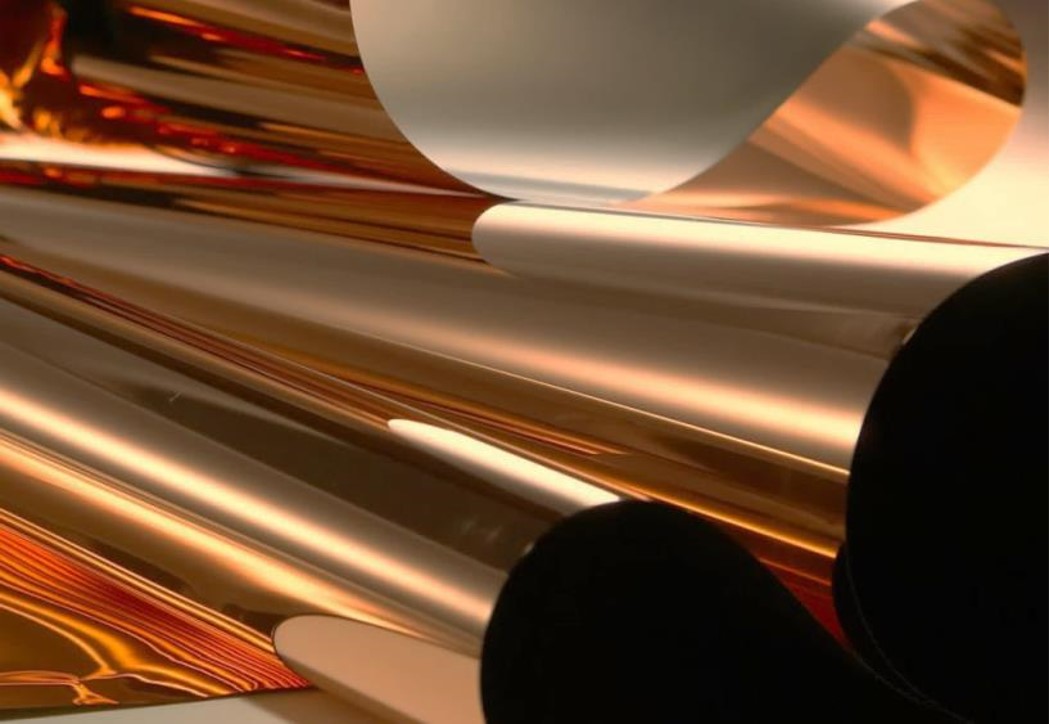
Enhance
Transparency
閉じる
Search
Absorbs near infrared rays and convert the light into heat
Learn more
Preventing the rise of room temperature in agricultural greenhouses in midsummer
Learn more
Highly transparent window with good absorption for near infrared ray.
Learn more
Resistant to heat, moisture, ultraviolet rays, and chemicals, keeping the function for a long time.
Learn more
1/6 to 1/50 of the amount of ITO added to reduce adverse effects on humans and the environment by exerting an equivalent near-infrared ray absorption effect.
Learn more

SOLAMENT™ and LaB₆ can absorb near-infrared light at a lower loading compared to conventional inorganic materials ITO and ATO. This reduces the change in physical properties of the mixture due to additions.
Excellent transparency even in the visible light range, enabling color retention of pigment, enabling excellent color tone.
Our near-infrared absorbing materials (CWO™ and LaB₆) are being considered for use in solar thermal energy management, imaging products, and manufacturing processes.
Please use the registration form below to download the documents related to this graph.
YMF-02A

YMDS-874

KHF-7AH
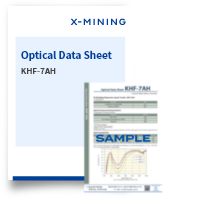
| Product lineup | Near-infrared absorbing nanoparticles | Solvent Name | CAS No. |
|---|---|---|---|
| Liquid dispersion | CWO™ | Methyl Isobutyl Ketone(MIBK) | 108-10-1 |
| Water | 7732-18-5 | ||
| Propylene glycol monomethyl ether acetate(PGMAC) | 108-65-6 | ||
| LaB6 | toluene | 108-88-3 | |
| Powder dispersion | CWO™ | Containing minute quantity of toluene | 108-88-3 |
| LaB6 |
※ CWO™ and LaB₆ products are products that require export permits under the Trade Control Order. Contact us for details.
This video introduces the features and application examples of our Near-infrared absorbing material SOLAMENT™ (near-infrared absorbing nanoparticles: CWO™). Please take a look at the video to learn about the possibilities of utilization.
SOLAMENT™ is a material made from CWO™, nanoparticles have the unique ability to absorb NIR which was invented by Sumitomo Metal Mining Co., Ltd., in 2002.
It absorbs the near-infrared energy of sunlight, which has been overlooked until now, it can be used in a variety of uses, such as “converting the heat of light into warmth,” as well as “keeping cool by cutting the sunlight” and “preventing voyeurism”.
With our material’s exceptional transparency, the possibilities are endless in terms of color.
There’s no need to compromise on functionality or design. Embrace fashion with greater freedom.

In midsummer, the insides of greenhouses can exceed 40 °C (104 °F), leading to crop damage and stressing workers.
Our Near-Infrared Absorbing Materials SOLAMENT™(Near-infrared absorbing nanoparticles: CWO™) can cut light of wavelengths between 850–1,200 nm which is the source of sunlight’s heat, and transmit light in the range of 400–850 nm, which is necessary for crop photosynthesis.
Our dispersions can be applied to PET films, fibers, and other materials used in agricultural house materials cutting only the light, which causes a rise in room temperature while transmitting light necessary for photosynthesis of crops and light that the human eye can recognize.
Read more

Buildings with large windows must operate powerful air conditioners to maintain comfortable room temperatures in midsummer because sunlight penetrates the glass and enters the room.
Our Near-Infrared Absorbing Materials SOLAMENT™(Near-infrared absorbing nanoparticles: CWO™) can cut light of wavelengths between 850–1200 nm, which is the source of sunlight’s heat, and maintain the brightness because of its high transparency.
Applying our film to glass achieves a comfortable environment while maintaining brightness and building design. Only light wavelengths which cause room temperature rise are blocked.
In addition to large glass buildings, this technology is also applicable to other fields.
Read more

Carports, sunrooms, and sunroofs made of polycarbonate resin (referred to as PC) are used as window and roofing materials to allow sunlight while protecting against rain and wind.
Our near-infrared absorbing materials blocks light wavelengths between 850–1,200 nm that cause heat while still allowing light to enter.
The material can be incorporated into PCs used for windows and roofing materials. Durability is also excellent so that you can maintain IR shielding performance long-term.
Thermal barrier plastic glass is lighter, more rigid, and has more freedom in color and shape than conventional inorganic glass.
Read more

Our near-infrared absorbing material SOLAMENT™(Near-infrared absorbing nanoparticles: CWO™) is an inorganic nanomaterial with high visible light transmittance that efficiently absorbs near-infrared rays.
Nanoencapsulation of CWO™ adds high-temperature alkali resistance. It reduces the surface activity of nanoparticles and suppresses the penetration of water molecules by coating the surface of the nanoparticles with a resin layer.
We have developed CWO™ nano capsules that maintain the characteristic functions of CWO™ and have newly added high chemical resistance.
Nano-encapsulated CWO™ maintains the characteristic functions of CWO™ and can withstand harsh high-temperature alkaline solutions. It has a wide range of potential applications.
Read more

Colorless, transparent, white, or fluorescent objects are inefficient to heat with sunlight. Using a material that absorbs only invisible near-infrared light and converts it into heat could enable the heating of such items.
Our near-infrared absorbing material SOLAMENT™(Near-infrared absorbing nanoparticles: CWO™) strongly absorbs the near-infrared rays in sunlight and converts them into heat. It shows a remarkable water temperature rise even in the high transmittance range to warm transparent water. It is also an excellent transparent photo-thermal conversion material.
These functions are expected to be applied to the local welding of transparent resin by laser and heating by halogen lamps (lamp heaters).
Read more

Since the near-infrared spectral distribution of sunlight becomes intense on the wavelength between 800–1,200 nm, nanoparticles of indium tin oxide (ITO) and antimony-doped tin oxide (ATO) can not entirely cut down the light in this range.
In addition, ITO contains indium, which is a precious metal. Furthermore, ITO was designated as a specified chemical substance due to its toxicity.
Our Near-Infrared Absorbing Materials that are SOLAMENT™(Near-infrared absorbing nanoparticles: CWO™) and LaB6 have a high shielding capability from near-infrared rays under 1,400 nm wavelength enabling high shielding performance with a small amount of these materials. In addition, there is no hazardous information about CWO™ and LaB6 so far.
Read more
Our Near-infrared absorbing materials are characterized as inorganic materials that have the character of strongly absorbing light in the wavelength range of 800 to 1,200 nm, which accounts for nearly 40% of the energy of solar radiation.
Our Near-infrared absorbing materials combine high visible light transparency with strong selective absorption of near-infrared light, selectively absorbing more near-infrared light in sunlight.
Because of their high transparency and strong heat absorption, they can be used in window materials.
Taking advantage of its properties to selectively absorb high wavelength regions, it is used in automotive and residential window materials and in agricultural plastic greenhouses for heat shielding applications.
In recent years, it has also spread to applications where it is kneaded into fibers.
YMF-02A

YMDS-874

KHF-7AH

Ready to get started? Contact us to talk about your requirements.

Enhance
Transparency

Enhance
Brightness

Prevent
Temperature rise

Endure
Chemicals

Absorb
Near infrared

Prevent
Temperature rise
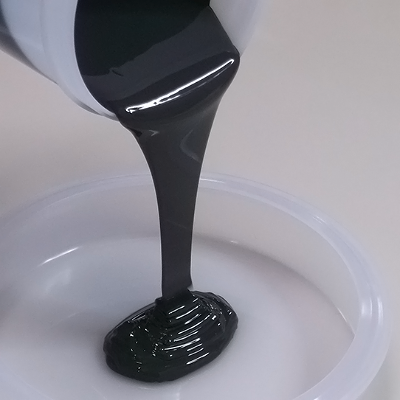
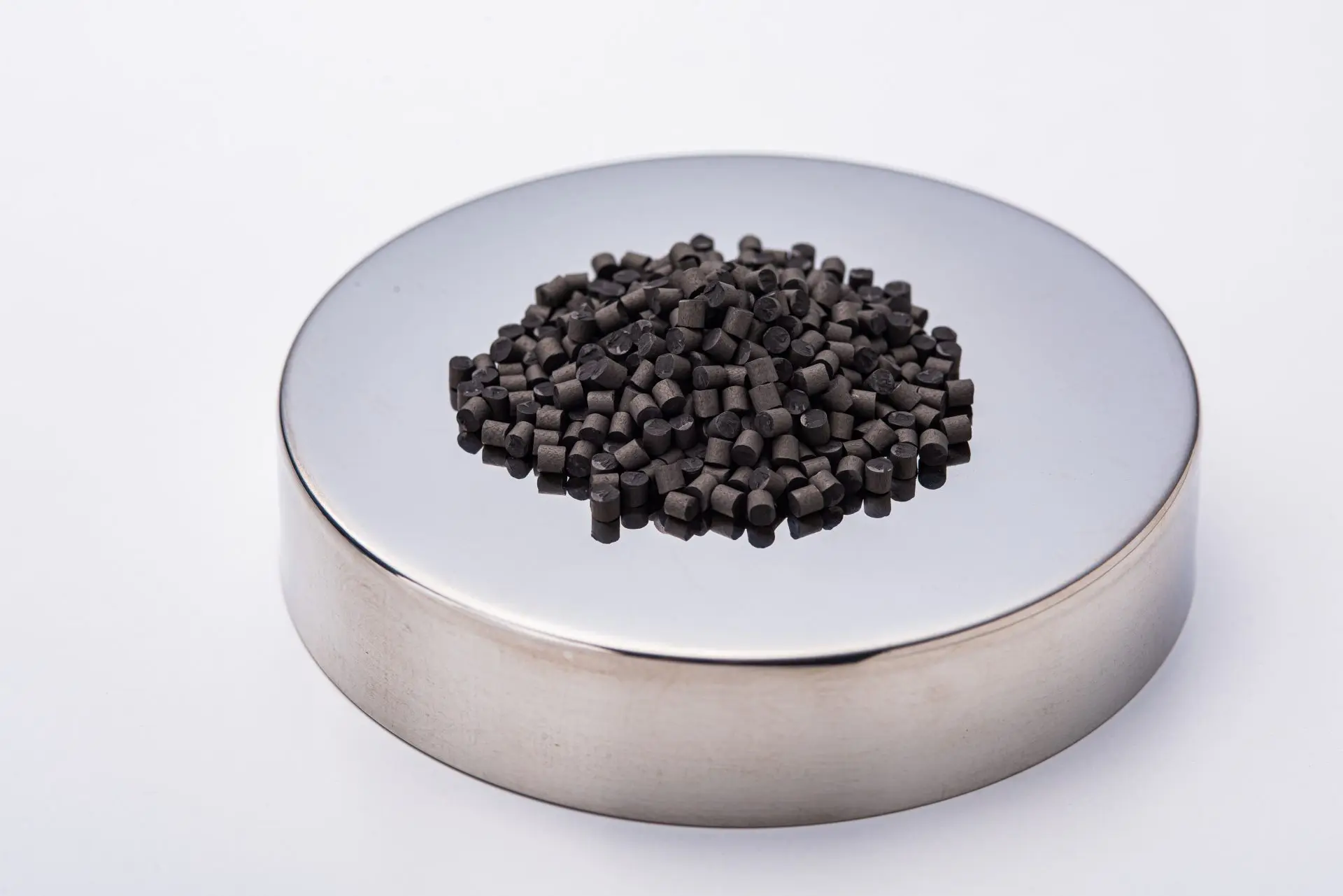



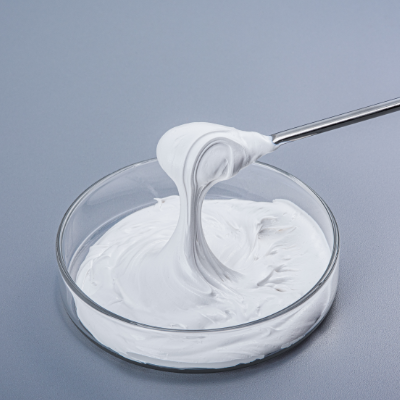
![[Wet-chemical synthesized metal powder] Ultra-fine nickel powders](https://crossmining.smm.co.jp/wp-content/uploads/m_np.webp)

